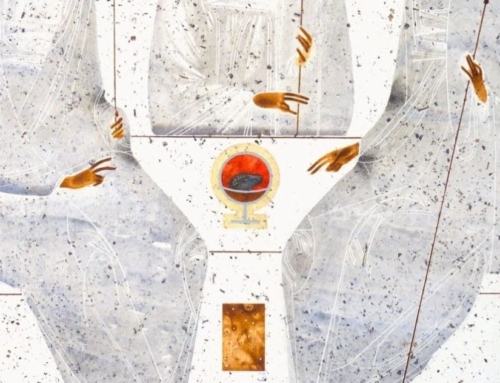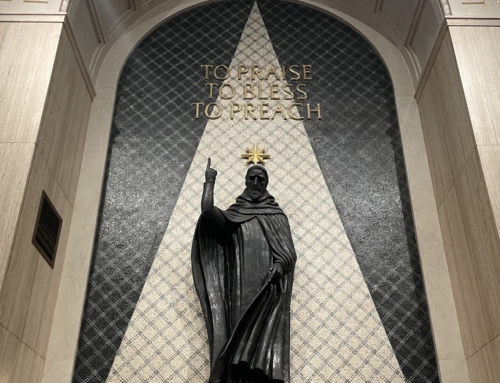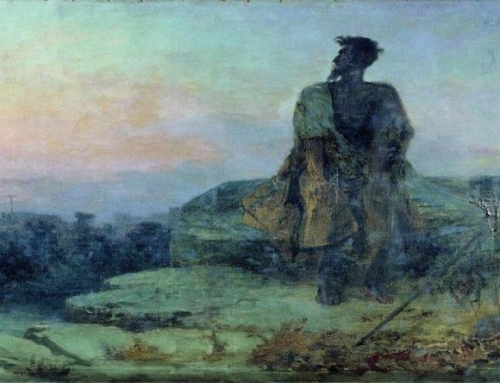It’s high time we talked about Bigfoot. In case you haven’t been paying attention, Bigfoot is big news. Animal Planet’s Finding Bigfoot, a reality-TV show that follows the efforts of a committed team of Bigfoot researchers on their scientific quest, is going to start its highly anticipated fourth season in November; the premiere of the third season garnered 1.3 million viewers. Informal dabblers in Bigfoot studies can explore innumerable websites cataloging the labors of amateur and professional Bigfoot researchers, or the new books both serious and whimsical that appear on Amazon.com’s lists almost every day, while scholarly-minded types can attend valuable seminars like Dr. Jeff Meldrum and Dr. James Halfpenny’s Forensic Analysis of Biped and Quadruped Footprints: Bigfoot to Cougars, Wolves, and Grizzlies, or join the Bigfoot Field Researchers Organization (BFRO), a group founded in 1995 that bills itself as “the only scientific research organization exploring the bigfoot/sasquatch mystery.”
Which brings us to the Most Holy Trinity. Throughout Christian history, theologians both great and small have endeavored to prove that God is a Trinity by scientific reason alone, meaning that a person with sufficient insight, appropriate philosophical assiduousness, and a great deal of time on his hands who studies the world around him will eventually conclude not only that there must be a God, but that he must Triune.
Some of these efforts were quite elegant and yielded results that seemed compelling, at least for a time. And it’s easy to see why such a proof would be desirable: the Trinity is the greatest of all mysteries, and one that seems to be at a great remove from ordinary human reasoning. If there were a way to show by reason alone that the Trinity must exist, then a major obstacle to faith in the God of Jesus Christ would be removed.
But there are problems. Faith and reason work in harmony—Bl. Pope John Paul II eloquently called them the “two wings on which the human spirit rises to the contemplation of truth”—but they are not identical. Faith extends reason’s gaze beyond its ordinary limits, permitting man to see into the very mysteries of God, understanding him from within. Human reason peters out before it can reach the inner life of God, simply because God so wildly outstrips who and what men are. If reason alone were able to access the depths of the divine life, then either God would have to be very much smaller than we thought, or man would have to be very much greater than the evidence leads us to believe.
But perhaps the more serious problem is one of credibility. Because it is not actually possible to produce an airtight logical syllogism that starts with naturally observable facts and ends with “ergo the Trinity,” any attempt to produce one is destined to run off the rails at some point, making not only that argument but the whole Christian claim about the Trinity seem ridiculous. A skeptical observer who can see through the bad argument would be justified in rejecting a religion based on a demonstrably faulty proof and would end up much farther from the Gospel than he was before encountering the over-eager Trinitarian apologist.
We see something similar with the BFRO and its distressing insistence on proving the existence of Bigfoot by modern scientific methods. The more I hear noted Bigfoot researcher Matt Moneymaker wax precise about the two thousand to six thousand Bigfoots—the spelling is non-standard, but preferred—roaming the wilds of North America, their dining habits, their calls, their footprints, and their burial practices, the more I find myself struggling to contain a monstrous fit of the giggles wholly unbecoming a consecrated religious. It turns out that human reason, beginning from some slightly odd premises and then raging unchecked, can produce a whole scholarly library full of absolute, grade-A hogwash that is utterly convincing to anyone who buys the faulty initial assumptions and provides endless hours of amusement to anyone else.
But Bigfoot research and overly philosophical proofs of the Trinity do serve one valuable purpose: teaching about the limits of pure reason. Man’s mind is his greatest gift from God, enabling him to love like Dante or to paint like Titian, but it has its limits. It is fallible, both in its reach and in its processes; we can easily reason ourselves into serious philosophical and moral trouble because the very authority of reason itself can fool us into accepting an iron-clad argument crippled by its feet of clay. Seeing the limits of reason helps us understand the beauty of faith, knowing that God does not want to leave us alone with our wounded human nature but aids us in our weakness, giving us gifts that purify and elevate our thinking. We can hope that the Bigfoot researchers will realize someday that the most important truths can’t be discovered: they must be revealed.
✠
Image: Graham Roumieu, Bigfoot







